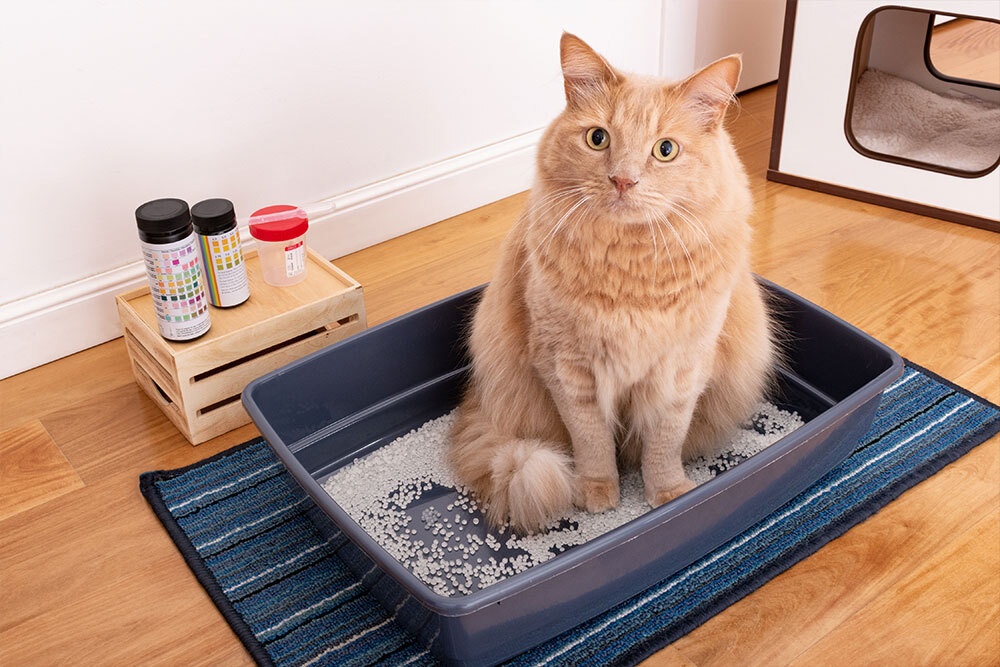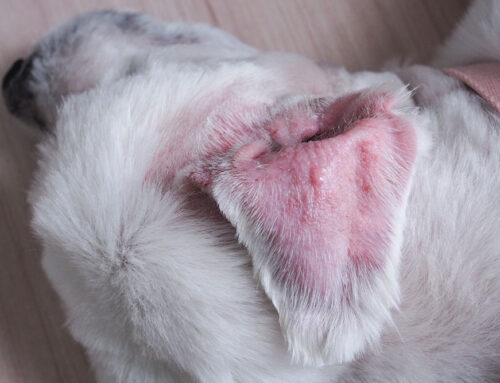Is Your Pet Suffering? Spotting and Treating UTIs in Pets
Welcoming a pet into your family comes with moments of joy and a sense of responsibility to ensure their well-being. However, sometimes our beloved pets face health challenges, and Urinary Tract Infections (UTIs) are among the common issues pet owners may encounter. If you’re noticing unusual behaviors like frequent urination or discomfort, you’re not alone. At Valley Center Veterinary Clinic in Valley Center, California, we are here to support you with expert care and guidance.
What Are Urinary Tract Infections?
Urinary Tract Infections in pets are infections that occur in any part of the urinary system, including the kidneys, ureters, bladder, and urethra. The most frequent site for these infections is the bladder. While UTIs are often associated with bacterial growth, it’s important to note that inflammation can also result from non-bacterial causes like cystitis. Differentiating between these is crucial for effective treatment.
Common Causes and Risk Factors
Understanding what contributes to UTIs can help in prevention and management. The most prevalent cause is the migration of bacteria from the perineal area and into the urinary tract. Female pets are more predisposed to UTIs due to their anatomical structure, which makes bacterial access easier. Here are other contributing factors:
- Underlying Health Issues: Conditions such as Diabetes Mellitus or kidney disease can increase UTI risk by altering the urinary environment.
- Immunosuppression: Certain medications or diseases that suppress the immune system can make pets more susceptible.
- Urinary Stones: These provide surfaces for bacteria to colonize and can lead to further complications. Learn more about Urinary Stones.
- Behavioral Habits: Infrequent urination or incomplete bladder emptying can also contribute.
Why Prompt Detection Matters
Catching a UTI early is essential for preventing more severe health issues. UTIs can cause significant discomfort for your pet, leading to pain and behavioral changes. Left untreated, these infections can ascend to the kidneys, potentially causing pyelonephritis, or even life-threatening sepsis. Economically, early treatment is usually more affordable than addressing complications later.
Recognizing the Symptoms
Being vigilant about changes in your pet’s behavior can lead to early detection. Symptoms of UTIs in pets include:
- Increased Urinary Frequency: Your pet might urinate more often, but in small amounts.
- Straining or Pain During Urination: Noticeable signs may include whining or reluctance to urinate.
- Blood in Urine: Also known as hematuria, this can vary from obvious to subtle.
- Inappropriate Urination: Accidents in the house or urinating outside the litter box.
- Excessive Licking: Pets might frequently lick their urinary opening.
- Lethargy or Decreased Appetite: General signs of discomfort.
- Foul-Smelling Urine: Could indicate a bacterial presence. For cats specifically, symptoms might align with FLUTD Disease.
How UTI Progression Affects Health
If a UTI is not treated, the infection can worsen, leading to kidney infections, the development of bladder stones, and even urinary obstructions in male cats. Chronic issues can emerge, making future infections harder to manage due to antibiotic resistance. In the most severe cases, untreated UTIs can cause systemic infections or sepsis.
Diagnosing UTIs: What to Expect
When you bring your pet to Valley Center Veterinary Clinic, here’s what a typical diagnostic process might involve:
- Physical Examination: A thorough exam to check for pain or abnormalities in the bladder area.
- Urine Collection: Methods such as free catch, cystocentesis (needle aspiration), or catheterization to obtain a sterile sample.
- Urinalysis: Analyzing the urine for pH, blood, proteins, and the presence of bacteria or crystals.
- Urine Culture: Identifying specific bacteria and determining effective antibiotics.
- Bloodwork: To assess kidney function and general health.
- Imaging: Radiographs or ultrasounds to check for stones or structural abnormalities. Explore our diagnostic services.
Treatment Options
Our approach to treating UTIs is comprehensive, considering both medical and supportive care:
- Antibiotics: Prescribed based on urine culture results to effectively target the infection. It’s crucial to complete the entire course.
- Pain Management: NSAIDs or other pain relief methods can be used, especially in severe cases.
- Hydration: Increasing water intake through fresh water or wet food can help flush the urinary system.
- Dietary Adjustments: Special diets may support urinary health and assist in dissolving stones. In cases requiring intervention, surgical options such as cystotomy might be considered.
Consequences of Ignoring UTIs
Not addressing UTIs can lead to severe complications, from kidney damage to the risk of sepsis. Recurrent infections can also pose significant challenges and discomfort for your pet. As a proactive measure, regular veterinary check-ups are advised to monitor and manage any underlying conditions.
Prevention and At-Home Support
Preventative care can significantly reduce the risk of UTIs. Here are some practical tips:
- Ensure Hydration: Always provide access to fresh water.
- Frequent Potty Breaks: Regular urination helps keep the bladder free of bacteria.
- Hygiene and Litter Management: Keep the perineal area clean and litter boxes accessible.
- Dietary Choices: Consider urinary support diets and consult us about any dietary changes.
Appointment Tips and FAQs
Preparing for your vet visit can ensure a smoother experience. Consider bringing:
- Urine Samples: If you can, bring a freshly collected sample.
- Medication List: Include any supplements your pet is taking.
- Behavioral Notes: Document any changes in behavior or appetite.
- Questions: Prepare questions such as, “What type of bacteria is causing the infection?” or “How can I prevent future UTIs?” Feel free to ask your veterinarian anything that comes to mind.
Frequently Asked Questions
- Can UTIs spread to humans or other pets? Generally, UTIs are not contagious, but hygiene is important.
- Is cranberry juice a suitable home remedy? While popular, it is not a substitute for veterinary treatment. Learn more in this Embrace article.
- How long does it take for antibiotics to work? Most pets show improvement within a few days, but completing the medication as prescribed is crucial.
Your Partner in Pet Wellness
We understand that dealing with a UTI can be stressful for both you and your pet. Rest assured, at Valley Center Veterinary Clinic, we are dedicated to providing compassionate and comprehensive care. If you have any concerns, don’t hesitate to contact us or schedule an appointment. Together, we can ensure your pet remains healthy and happy.








Leave A Comment